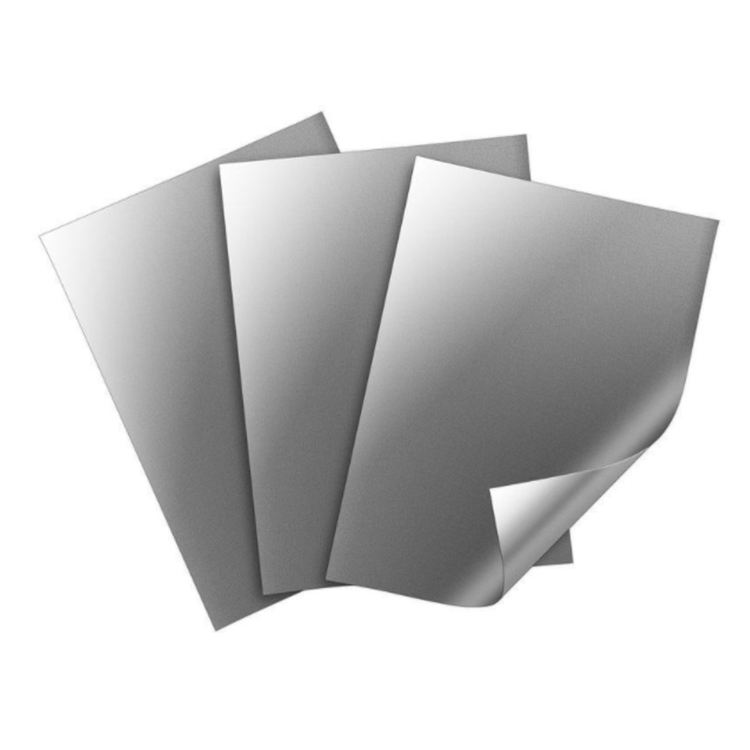Ceramic based absorbing materialsAlso known as MnZn ferrite ceramic, it is an absorbing material mainly made of MnZn ferrite, which has the characteristics of strong electromagnetic wave absorption ability, wide frequency band, and good anti-interference ability. This article will provide a detailed introduction to the preparation process, performance characteristics, and application scenarios of ceramic based absorbing materials.
1、 Preparation process
The preparation process of ceramic based absorbing materials mainly includes the following aspects:
1. Raw material selection
The main raw material for ceramic absorbing materials is iron permanganate, which can be obtained by mixing iron oxide and manganese oxide in a certain proportion. In addition, it is necessary to add appropriate amounts of clay, quartz, feldspar and other auxiliary materials to adjust the properties and processing technology of the materials.
2. Grinding preparation
Mix iron permanganate and auxiliary materials in a certain proportion and perform dry or wet grinding processing. Among them, dry grinding mainly uses ball mills as the main equipment, which have longer grinding time and higher energy consumption. However, the particle uniformity after grinding is high, making it suitable for producing products with medium or higher precision requirements; Wet grinding is carried out using a stirring mill or crusher, with high processing capacity and low dust generation, suitable for producing large quantities of low precision products.
3. Forming and processing
Prepared by grinding
Ceramic based absorbing materialsForming processing is required, and commonly used forming methods include injection molding, compression molding, etc.
In the injection molding process, the powder is first mixed with organic fabrics, dispersants, and other additives. Then, the mixture is added to the injection molding machine and plasticized under high pressure and high temperature before extrusion molding.
During the compression molding process, the mixture is first placed into the mold and then pressed into shape under a certain pressure. Compression molding has the advantages of low production cost and high processing efficiency.
4. Sintering preparation
After any molding is completed, ceramic absorbing materials need to undergo sintering treatment. Sintering is the process of heating molded materials at high temperatures to melt, crystallize, and solidify them into a single entity.
The sintering temperature of ceramic absorbing materials is usually above 1200 ℃, and the specific sintering temperature and time need to be determined according to the required material properties and production equipment conditions.

2、 Performance characteristics
Ceramic based absorbing materials have the following performance characteristics:
1. Wide bandwidth
Ceramic based absorbing materials can absorb a wide range of electromagnetic wave signals, typically operating at frequencies between MHz and GHz. Different materials have different absorption bands, and users can choose the appropriate material according to their needs.
2. Stable absorption performance
The absorption performance of ceramic based absorbing materials is stable and will not undergo significant changes with environmental conditions such as time, temperature, and humidity. This stability is determined by its unique chemical composition and crystal structure.
3. Strong anti-interference ability
Ceramic based absorbing materials have strong anti-interference ability, which can effectively reduce the impact of external electromagnetic interference on the system, thereby improving the reliability and stability of the system.
4. Good insulation performance
Ceramic based absorbing materials have excellent insulation properties and are suitable for some special electromagnetic environments, such as high voltage electric fields, high temperatures, etc.
3、 Application scenarios
The stable absorption performance and strong anti-interference ability of ceramic based absorbing materials have attracted widespread attention and application in a wide range of applications.
1. Communication field
Ceramic based absorbing materials are widely used in the field of communication, such as satellite communication systems, radar, radio, aviation electronic equipment, etc., which can effectively suppress and absorb electromagnetic wave interference during transmission and reception.
2. Electronic field
Ceramic based absorbing materials applied in the field of electronics can reduce signal interference between various components in electronic products, improve the efficiency and stability of the entire system.
3. Military field
Ceramic based absorbing materials can be used for stealth technology in the military field. Applying absorbing materials to military equipment such as aircraft, missiles, spacecraft, and tanks can effectively avoid detection by enemy radar.
4. Other fields
Ceramic based absorbing materialsIt is also widely used in medical, aviation, automotive, construction and other fields, such as electromagnetic shielding and noise suppression in medical electronic equipment, electromagnetic compatibility and anti-interference in aviation and automotive, etc.
In summary, ceramic based absorbing materials are a new type of absorbing material with broad application prospects. Their preparation process is simple, their performance is stable, and they have a wide range of applications. They will play an important role in various fields.





